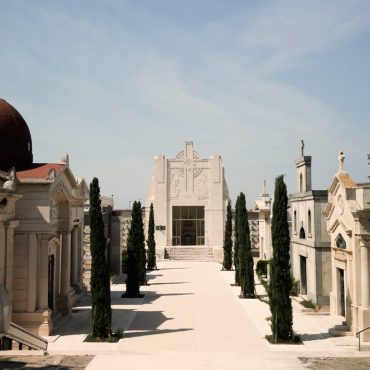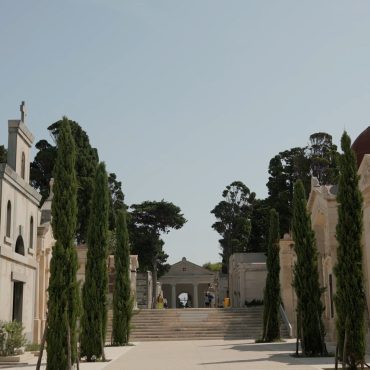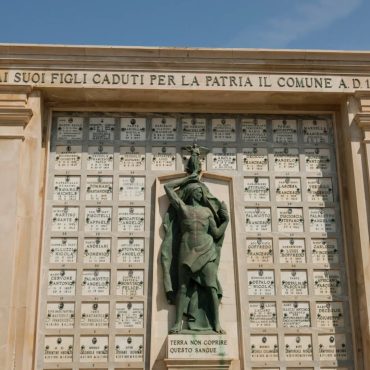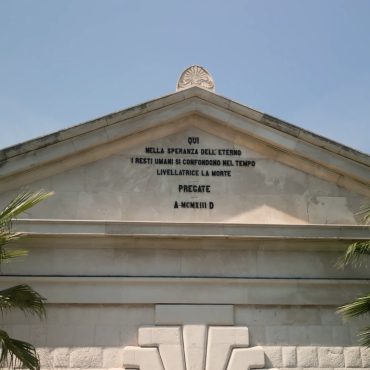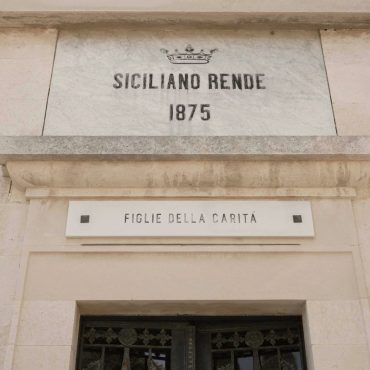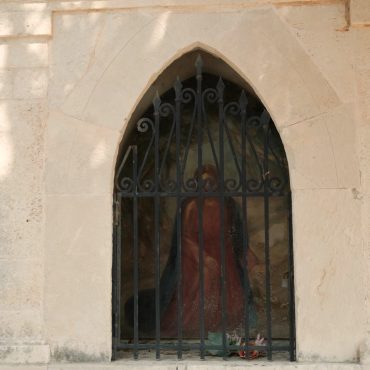
Cemetery
(19th century)
On 12th June 1804, Napoleon signed the “Décret impérial sur le sépultures”, better known as the Edict of St. Cloud. On that day in the magnificent castle of St. Cloud, the Emperor’s favourite residence, the guidelines for modern cemeteries and burial procedures were outlined.
The edict followed two main objectives. The first was sanitary: the edict forbade the layering of bodies in places of worship and inside homes, thus preventing the diffusion of disease and fetid air. The second was ideological: the edict established that all tombs should be the same, respecting the revolutionary principle of social equality. Even Giovinazzo, like all the Kingdom of Naples was ruled by the French government from 1806 to 1815 and was forced to adhere to this radical directive. In 1819, following the project of the engineer Tenone, the town began to build its own cemetery, situated near the Chiesa del Crocifisso. However the project was only completed in the second half of the 19th century.
Today the cemetery is divided into different areas, each preserving the history and the lives of those resting in eternal peace. The cemetery is surrounded by a perimeter wall, interrupted by a monumental entrance way mounted by a gable. A central path divides the various sections and leads to the oldest part where the council chapel is situated. The main vestibule, characterised by Tuscan columns, leads to the family and confraternity chapels. One of the oldest chapels is that of the Santissimo Sacramento which dates back to 1873 and is where the Giovinazzo artist Tommaso Piscitelli is buried, sculptor of the fountain in Piazza Vittorio Emanuele II. In the 20th century, the cemetery was extended towards the sea. This new area houses the war cemetery and monument, the stately statue of the Unknown Soldier created by Adolfo Rollo. An avenue leads to the cemetery, embellished by cypress trees and chapels decorated with scenes from the Passion of Christ.
